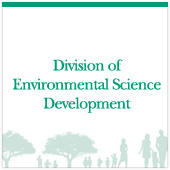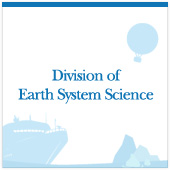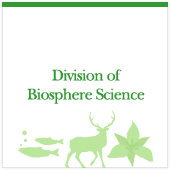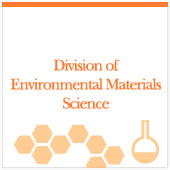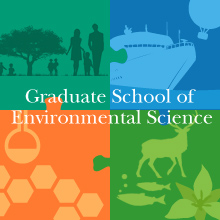Background
Welcome to the Graduate School of Environmental Science
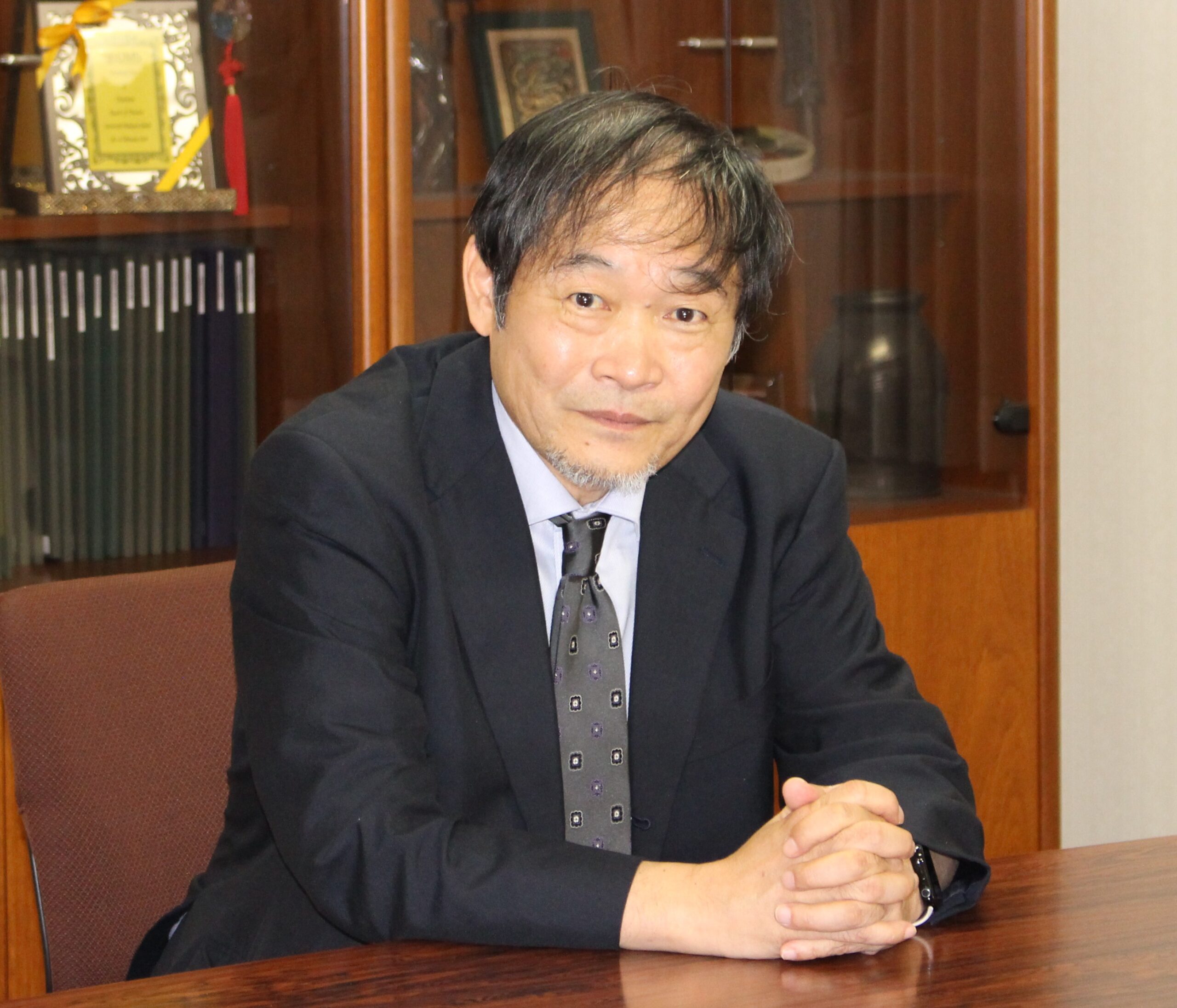
Our graduate School was originally established in 1977 as Japan’s first graduate school with “Environmental Science” in its name. Over the decades, it has evolved—from its early days as the Graduate School of Environmental Earth Science to its reorganization in 2005 into the current structure. Throughout this journey, we have worked to understand the complexities of the global environment, uncover the mechanisms behind environmental issues, and propose solutions that address them. Our research has produced scientific knowledge that underpins the basic concept of SDGs, while fostering interdisciplinary approaches that connect the natural sciences, social sciences, and humanities.
Today, the world stands at a crossroads. The rise of selfish policies among major powers—accompanied by anti-globalist sentiment and a growing disregard for academia—has made it harder to harness the full potential of science in fostering international cooperation. Meanwhile, extreme weather events such as unprecedented heatwaves and torrential rain/snows are no longer distant warnings; they are urgent realities, reminding us that climate change is already here. Increasing environmental burdens may deprive future generations of their potential.
This is why scientists must both honor the traditions of their disciplines and have the courage to cross disciplinary boundaries to chart new scholarly pathways. Environmental science is not only the pursuit of universal truths about nature—it is also the collaborative effort to work with society in shaping a sustainable future. As reflected in our four diverse divisions, creating a single unifying framework for such a broad field is no easy task. Yet in the post-SDGs era beyond 2030, the role of environmental science as an interdisciplinary bridge will be more critical than ever. In 2027, our school will celebrate its 50th anniversary—a milestone that echoes the words of Confucius: “At fifty, I knew my destiny.” I believe that Hokkaido University’s environmental science is also entering a stage of “knowing its destiny,” as we look toward shaping the post-SDGs world. To all who wish to join us: I encourage you to step beyond the limits, pursue with passion, and share your findings with society. The future is not something to await—it is something we create together.
Katsuaki Konishi, Ph.D.
Dean of Graduate School of Environmental Science, Hokkaido University.
Career
- We accept students with strong academic backgrounds on various scientific fields.
- We set up a longer-term course for the people who have a job, with a reduced tuition fee.
- We teach in English for foreign students (EPEES).
Academic Career
- At the divisions of Earth System Science, Biosphere Science and Materials Science, students learn fundamental subjects of environmental science intensively.
- It is possible to study a certain subject specifically in the division of Environmental Science Development after learning fundamental subjects at the master course.
- Another choice is studying same specific subjects from the master course to the doctoral course.
- Students in the doctoral course of the divisions of Environmental Science Development get a wide knowledge about environmental issues.
Job Career
- Researchers with good ability and powerful intention for environment issues. Some of them work in a university or a laboratory in a foreign country for several years.
- Specialists who solve environmental problems synthetically(experts, officer, teacher, staff of the NPO or UN, instructors and so on).
- Staff who work worldwide for the environment.
Structure of the graduate school
We offer advanced education by cooperating with faculty members at seven faculties, reserch institutes, and centers of Hokkaido University.
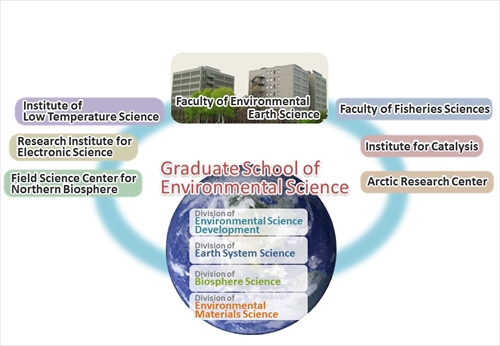
Divisions
Enrollment capacity of the graduate school
- Division of Environmental Science: A new education system by integrating multi-disciplinary approaches of solving urgent problems.
- Division of Earth System Science, Biosphere Science and Materials Science: Teaching fundamental subjects of environmental science.
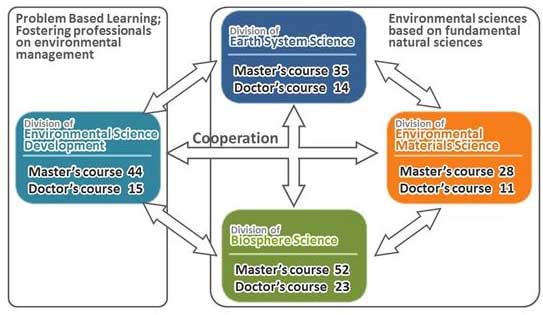
Four Divisions
Division of Environmental Science Development
